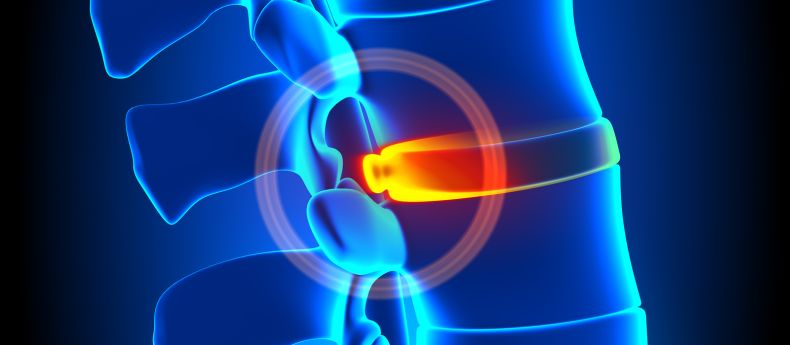
What is Minimally-invasive Spine Surgery?
Minimally-invasive spine surgery (MISS) uses advanced technology and innovative techniques to treat symptoms caused by a variety of spinal disorders.
Some of the spinal conditions MISS can treat are:
- Degenerative disc disease: Degenerative disc disease (DDD) usually affects older people because it is caused by the effects of aging on the spine. The intervertebral discs in the neck or lower back can become stiff and rigid, causing pain and other symptoms.
- Herniated discs: Herniated discs can happen suddenly or they can gradually progress, resulting in a series of symptoms (besides just pain in your lumbar or cervical regions).
- Spinal stenosis: Spinal stenosis is a narrowing of your spinal canal. It can occur anywhere in your spine, from your cervical spine to your lumbar spine. We can help you understand the symptoms and causes of spinal stenosis as well as explore treatment options including surgery.
Today, MISS is one of the most rapidly advancing surgical procedures. Through computer-assisted technology and highly specialized tools, minimally invasive surgery is an attractive option for patients who want a quicker recovery after surgery, less post-operative pain, and smaller incisions.
There are 3 main minimally invasive spine surgery techniques:
- Mini-open: This is similar to an open procedure but has fewer risks, such as less blood loss during surgery and less risk of infection
- because the incision is much smaller. Advances in visualization have made mini-open procedures possible.
- Tubular: This surgery involves a tubular retractor, which acts as a tunnel that passes through your back muscles to access your spine. MISS with a tubular retractor is commonly referred to as a “muscle-splitting” approach. Compared to open spine surgery, there is less muscle damage and less blood loss when using a tubular retractor.
- Endoscopic: This spine surgery uses a tiny video camera called an endoscope—which is smaller than a dime—to pass through small surgical incisions (usually less than 2 cm) to access your spine. This procedure is commonly referred to as a “keyhole surgery” because an endoscope guides surgeons by showing them an internal view of your body on screens in the operating room. However, there are only a few spine surgeries that use endoscopes.
These 3 types of MISS can be used in specific spine surgeries, such as discectomy, foraminotomy, and laminectomy and laminotomy.
If you have tried non-surgical treatments such as pain medications, rest, and physical therapy in the last 6 to 12 months and they are not working for you, then you may want to consider spine surgery, and minimally-invasive spine surgery may be an option for you.
Advantages of minimally invasive spine surgery
Compared to traditional open spine surgery, MISS offers several advantages. However, it’s important to keep in mind that not everyone is a good candidate for MISS. Here are some advantages of minimally invasive spine surgery compared to traditional open spine surgery:
- Faster recovery after surgery
- Less time spent in the hospital (depending on the procedure, the average hospital stay for MISS is typically less than 2 days)
- Can be performed on an outpatient basis (you can go home within hours after surgery)
- Less anesthesia
- Less post-operative pain
- Smaller incisions (rather than one large incision)
- Less scarring
- Less soft tissue and muscle damage
- Reduced blood loss during surgery
- Reduced risk of infection (especially because incisions are significantly smaller in MISS)
Minimally invasive spine surgery seems like an attractive option, but that does not mean that everyone is a good candidate for MISS. And like any type of surgery, there are certain risks associated with minimally-invasive spine surgery. As always, talk to your doctor about any questions or concerns you may have regarding minimally invasive spine surgery.
Copyright United Family Healthcare 2014 All right reserved - 京卫网审[2014]第1927号 - 京ICP备13017554号-4





